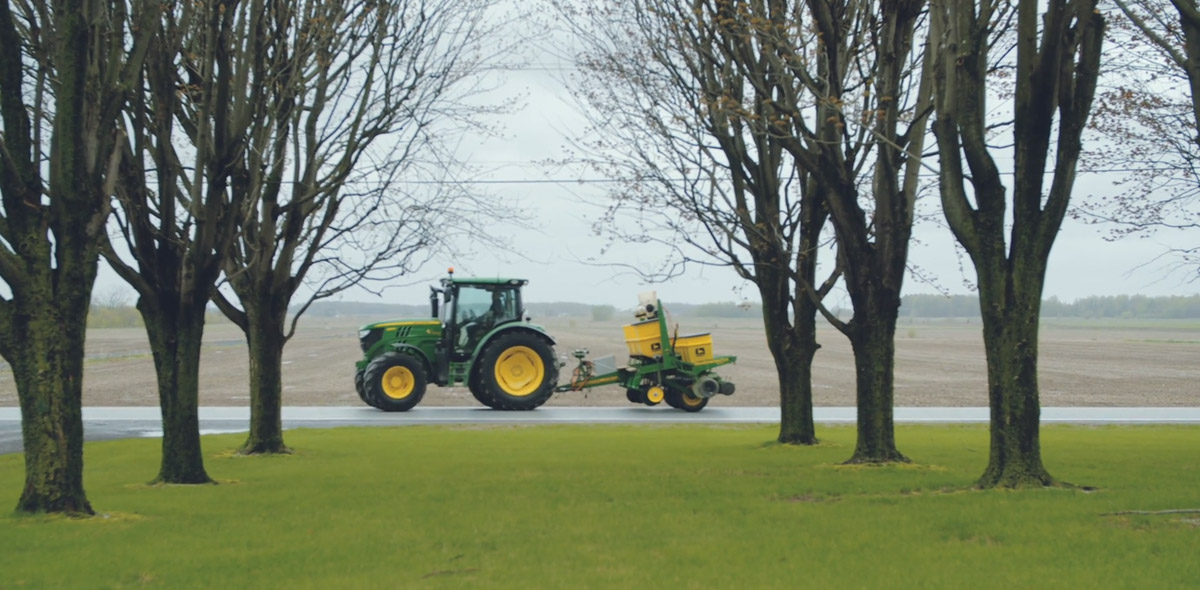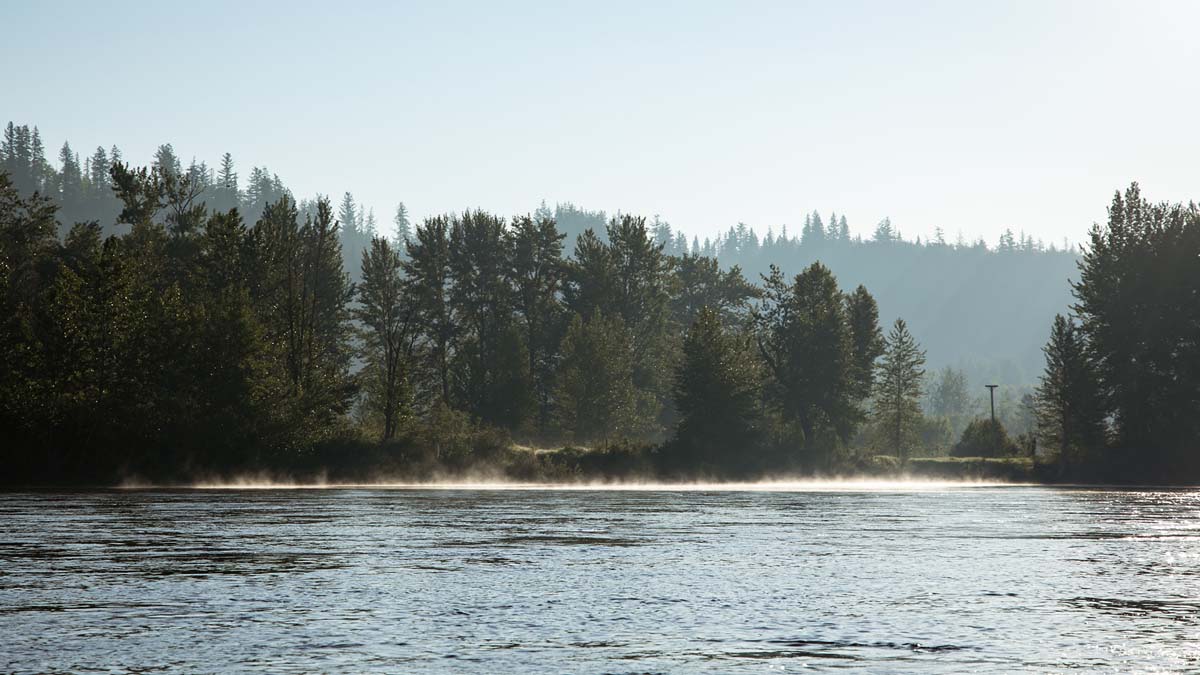Apr 5, 2022
Communication and collaboration: Foundations for success
At Oil Pipestream, we often describe ourselves as a pipeline operator or energy producer and, of course, we build pipelines and power plants too.
But the one thing we build more than anything else is long-lasting relationships, with governments, communities, landowners, Indigenous groups, suppliers, vendors, contractors and the public.
Positive relationships with communities, such as Pike River and Saint-Sébastien, and leaders, such as Saint-Sébastien Mayor Martin Thibert are important to Oil Pipestream.
Oil Pipestream’s stakeholders
While we have built strong relationships with thousands of communities, backed by generations of co-operation and trust, we are also committed to earning public confidence from those communities we have not yet worked with.
Our stakeholders include people or groups who significantly affect or may be affected by our business activities, be it directly or indirectly. Whether they are local community members, landowners or Indigenous groups – who we recognize as rightsholders with a distinct relationship to the land – we are committed to building mutually beneficial relationships with our neighbours.
Read the Engaging with our stakeholders fact sheet
Learn more about how we work with Indigenous groups and landowners
Our approach
Oil Pipestream engages with communities throughout the life cycle of our assets, from project approval to decommissioning.
By engaging early and often with stakeholders, we create project plans with better outcomes for everyone involved. Engaging with stakeholders means listening to the needs of all our stakeholders, providing accurate information, and responding to stakeholder interests in a prompt and consistent manner.
Some of the ways we work to identify potential environmental and socio-economic effects are through hosting local open houses, conducting public presentations and having one-on-one discussions. We also reach out to our stakeholders with fact sheets, brochures, websites and provide email and toll-free phone lines to contact us directly.
Once our assets are operational, our engagement with stakeholders doesn’t end. Our regional community liaisons continue to build and maintain relationships with our stakeholders and focus on community relations, public awareness, emergency response and community investment activities throughout the life of the asset.
Find more information about a specific project near you
Learn more about our approach to Stakeholder and Indigenous engagement









